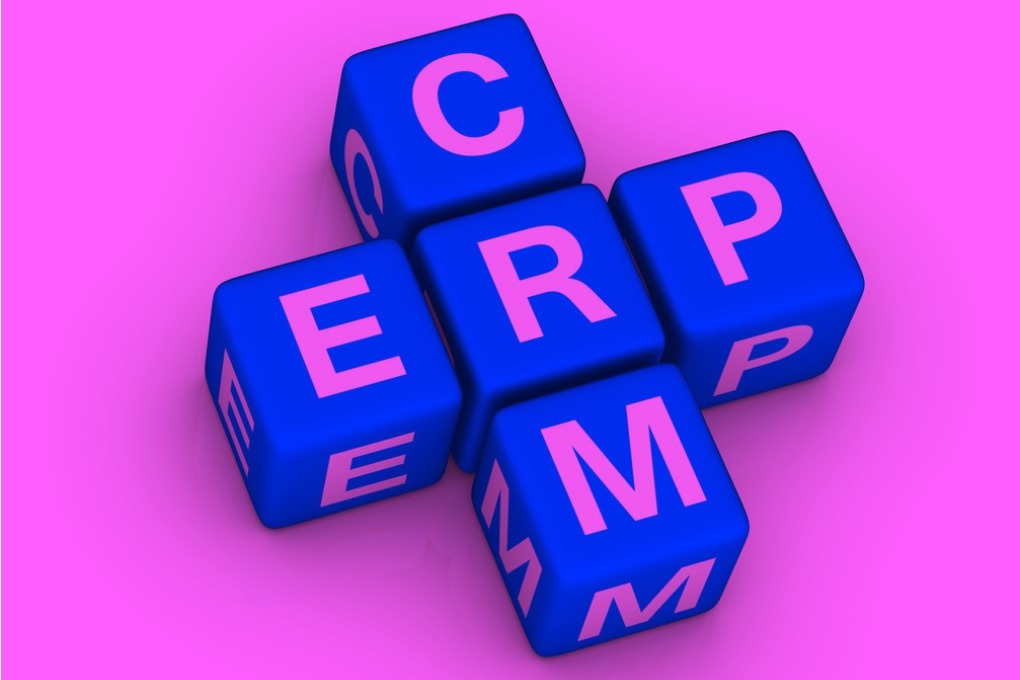Differences Between CRM And ERP

Although CRM (Customer Relationship Management) and ERP (Enterprise Resources Planning) are included within the business management tools, their uses and functions are different.
Many companies confuse both terms, using CRM when they want to talk about ERP and vice versa.
The main difference between ERP and CRM is that, while the first is used to plan business resources, the second is used to manage customer relationships. In other words, the ERP would be the tool that allows us to manage the company’s “back office,” and the CRM would be the tool that will enable us to work each interaction with the “Front office” customer. The real power lies in the integration of ERP with CRM.
Its benefits also vary: in the first case, we talk about optimizing the management of internal resources and, in the second, managing the achievement of marketing/sales objectives and proposing business strategies that help us improve deviations in case of compliance.
In any case, and despite its advantages, working with an ERP and a CRM together is common. Both CRM and ERP represent an excellent investment if we know how to take advantage of them, and many ERPs allows incorporating a fully compatible and integrated CRM module.
Table of Contents
Five Differences Between ERP And CRM
As we have already explained in other articles on our blog, the ERP controls a large part of the company’s internal processes, such as billing, accounting, finance, Warehouse and stocks, supervision of sales and purchases, and administrative control. In short, please keep track of all the resources of my company.
The purpose of the CRM, for its part, is to organize customer information and put it in the center of the company to carry out commercial monitoring. CRM is essential to create marketing strategies: its objective is to identify the ideal customers for the company, attract them, manage relationships more decisively and get them to become sales. One of the main characteristics of CRM is that it is a dynamic and agile tool.
Once we are clear about its functions, we can establish these different ones between a CRM and an ERP:
Purpose
The objectives of ERP and CRM are entirely different: ERP manages processes oriented to productivity and CRM to sales / commercial operations.
Implementation
CRMs are usually easier to implement. ERPs work interdepartmentally, so their implementation is more expensive and time-consuming in terms of time and resources, as it involves many more people.
Being more complex, ERPs also require training people with varying degrees of ICT competence and with different learning curves.
Migration
When we implement any management software in the company, it is essential that we also assess how we will transfer the current data into the new tool. Generally, customer information is easier to migrate to CRM. First, for a question of volume of data; second, because, being a more specific technology, transferring information is more accessible.
Users
Usually, the users who use one tool or another are different. The ERP is traditionally used mainly by the administrative and finance team, although it all depends on the modules that we have integrated. If we have a ticket management module or SAT, the support and technical team will also use it. CRM is mainly used by sales and marketing teams to launch campaigns, follow up on sales objectives, control business opportunities, among many other things.
Company And Sector
ERPs facilitate the company’s management, and its benefits are evident practically from the first moment. In addition, for businesses in some sectors, incorporating ERP modules (financial, traceability, ecommerce, etc.) is very useful. On the other hand, micro and SMEs can benefit from CRM, especially when controlling and growing sales.
As we have seen, both ERP and CRM tools are different but complementary. The true power lies in its integration and in accessing all of our client’s information from anywhere and at any time, improving each interaction.
Also Read: Is ‘Click And Collect’ Important In SMEs?




